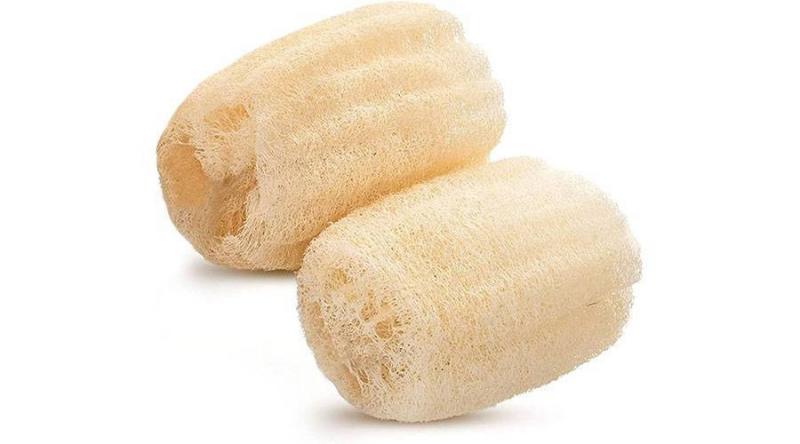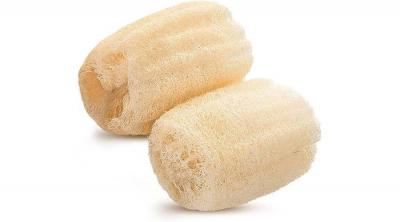A prominent Egyptian consultant in dermatology has warned against using loofah as a bathing tool, indicating that what Egyptians refer to as "loofah" serves as a significant reservoir for bacteria and microbes that harm the skin, causing it to lose its freshness and vitality. Dr. Maher Mahmoud, a dermatology consultant, stated that "loofah is a large hiding place for bacteria, as it is essentially a natural plant that accumulates various types of microbes." He noted that bacteria grow on the loofah after it is left wet following bathing, as microbes feed on the fibers, producing harmful toxic compounds that can lead to skin allergies, possibly resulting in many chronic diseases in the long term.
Mahmoud explained that loofah is one of the main causes of exacerbating acne on the body, suggesting that using a good soap and shower gel is sufficient to rid the skin of any germs. He stated that "massaging the skin during bathing is an unhealthy habit," pointing out that dead skin is removed with water and soap.
Loofah plants are among the most famous crops in Egypt, with their trees beginning to flower in June. The harvest starts in August and continues until January in batches when the pods show signs of yellowing due to water loss, drying, and fiber cohesion. The harvest is collected by cutting it from the stem, then it is transferred to sun-exposed drying areas. The "loofah pod" is then pounded with wood after it dries to separate the outer skin and seeds. The pods are then split lengthwise and left in basins to remove the mucous material for easier use later as a popular tool.




